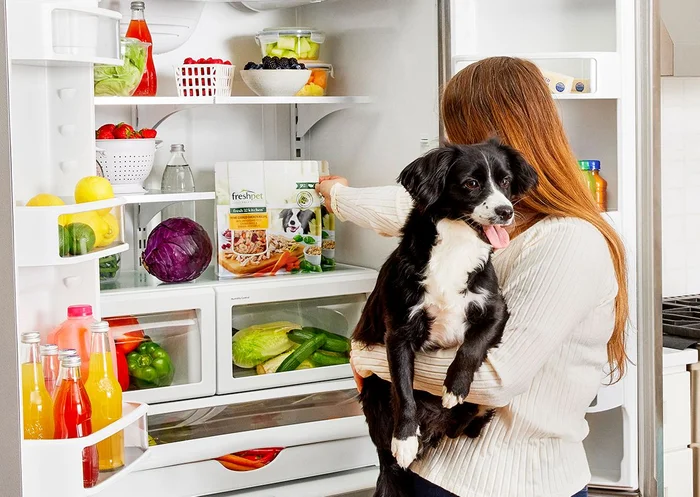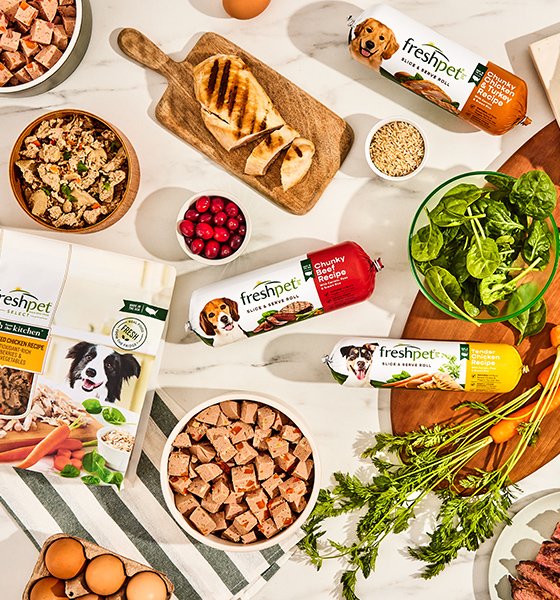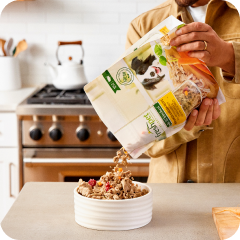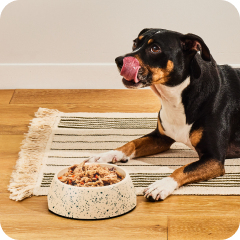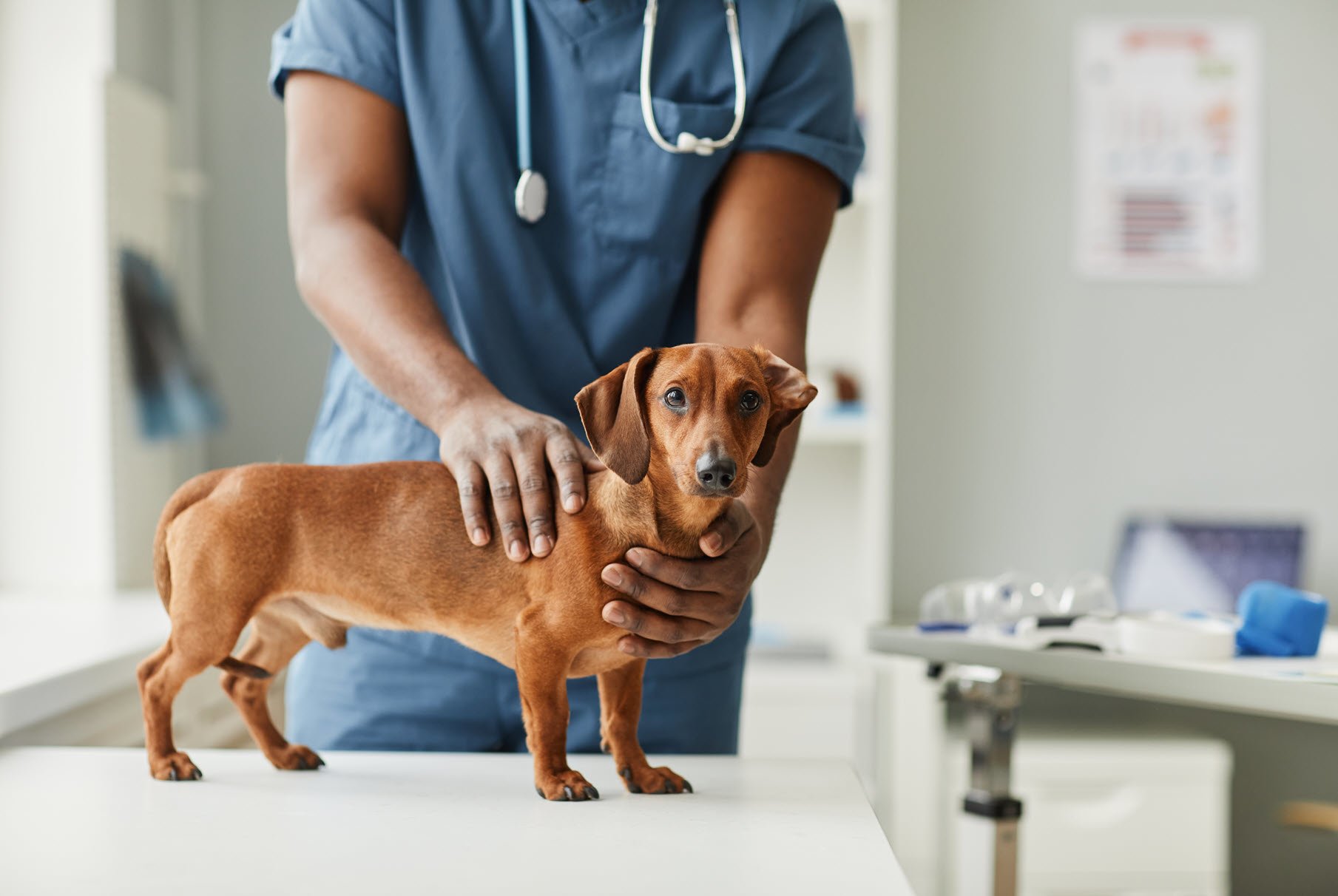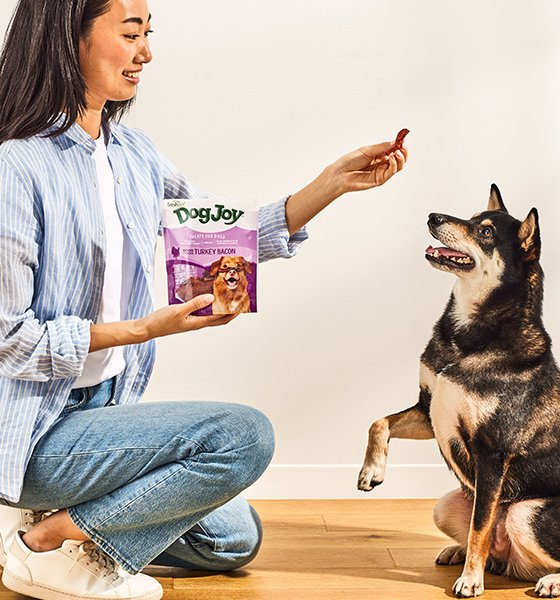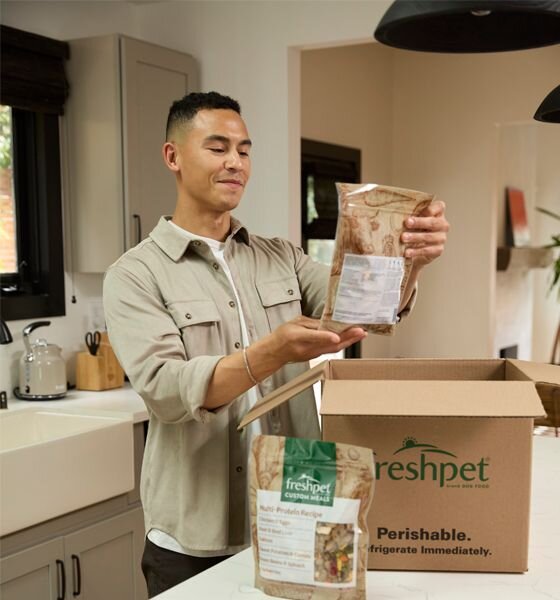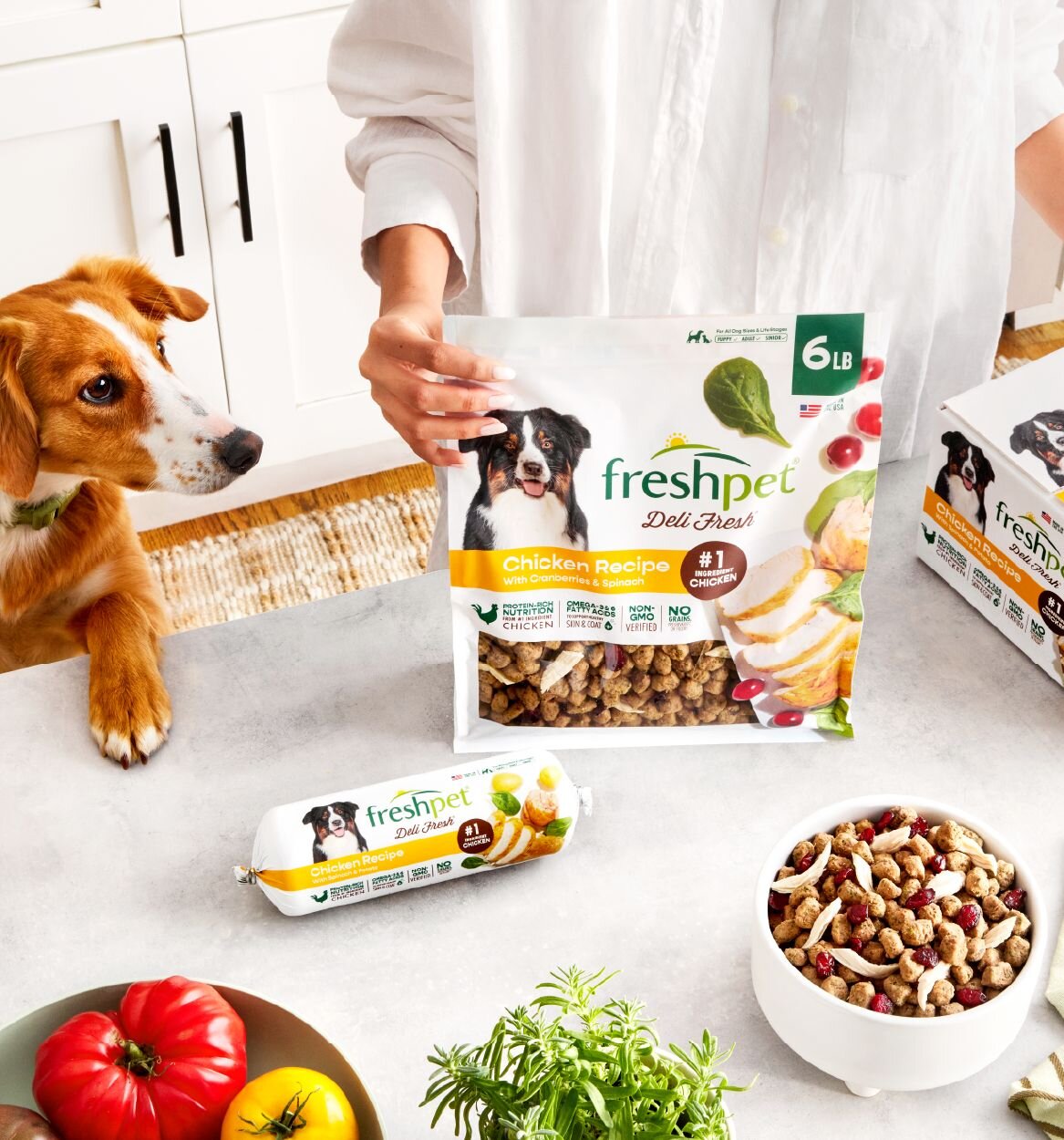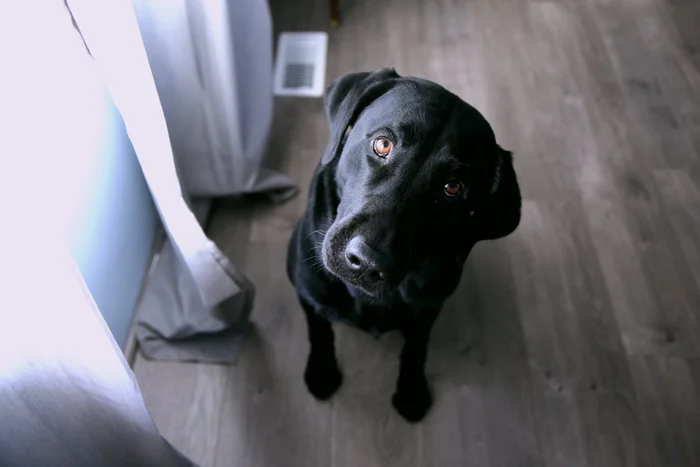
Do Pets Have Pet Peeves? Find Out What Might Annoy Your Dogv
written by Ellie Walker
Believe it or not, there’s quite a bit of overlap between what annoys people and what annoys dogs. To help you better understand your dog’s pet peeves, we’ve put together a list of common annoyances as well as tips for spotting if your dog is feeling annoyed.
Not having their food preferences taken into consideration
Just because a dog will eat over-processed brown kibble doesn’t mean that they’re happy about it. Not only does kibble use powdered meat and artificial colors, it’s cooked at high temperatures that remove naturally-occurring nutrients. If given the choice, dogs would much prefer to eat a diet that is made using fresh, whole ingredients, gently cooked without preservatives.
You can take this one step further by ensuring that the format of the food is also in line with their texture preferences. For example. Freshpet offers three distinct recipe formats:
Bagged meals: Our fully cooked and ready-to-serve bagged meals contain ground protein with a vitamin-rich assortment of fruits and veggies.
Rolls: Our classic slice-and-serve rolls can be served as discs, blocks, or mashed.
Patties and Mixers: Our Patties can be served cut up, broken apart, or shredded either on their own or with a complementing Mixer.
Think you’re ready to make the switch to Freshpet? See why pet parents are switching to refrigerated dog food.
Not having a consistent routine
Dogs, especially those that struggle with anxiety, thrive when their lives revolve around a consistent routine. They take comfort in knowing that when they wake up, they can somewhat predict what will happen throughout the day, including when they will be fed and when they will go on a walk. If your dog’s daily routine is constantly changing, it can result in feelings of anxiety or behavioral problems. Of course, that doesn’t mean that you can never do anything spontaneous with your pup, but be sure to not overwhelm them with too many changes all at once.
Not knowing their preferred way of showing affection
Just like you have a favorite way of being shown affection, your dog also has a preference. Unfortunately, many people mistakenly think that dogs enjoy when they show affection by hugging. But in reality, being hugged is an unusual and at times, stressful, experience for most dogs. If another dog was to try and put its body or limbs on top or around another dog, it’s usually done as a sign of dominance.
Gentle petting is often a much-preferred alternative to a hug, but just be sure to avoid areas of your dog’s body that could be stress-inducing, such as:
- The top of their head
- Feet
- Legs
- Tail
Instead, most dogs prefer a gentle petting on their chest, shoulders, or base of their neck.
Making prolonged eye contact
If someone made really intense eye contact with you without looking away, you’d probably feel pretty uncomfortable, right? Dogs feel the same. While your own dog may have a higher tolerance for an intense stare – although they probably wouldn’t love it – with an unfamiliar dog it can be seen as an act of aggression. To avoid an uncomfortable situation, skip the stare and instead maintain eye contact for only a few seconds at a time before looking elsewhere.
Raising your voice to get your message across
A dog’s hearing is two to three times better than a human's, so it’s understandable that they’re very sensitive to the tone and volume of your voice. If you constantly speak to your dog in a raised voice, in the long run, it can do more harm than good. Yelling at your dog can result in:
- Stress: Dogs that are stressed will show behaviors such as, showing the whites of their eyes, tucking their tail, licking their lips, and yawning.
- Confusion: When confused, your dog may respond with aggressive or hyper behavior as they try and ‘match’ your tone.
- Slower training: If you constantly speak at maximum volume, your dog will have trouble understanding what commands are urgent or important.
Not only will this impact training, but it will also prevent the correct response when you raise your voice in the event of an emergency. For example, if you usually speak to your dog with a quiet tone, then if you find yourself in a situation where your dog has escaped from your yard, they’re more likely to listen to you when you loudly and firmly say “no” or “stop”.
How can I tell what annoys dogs?
When dogs are annoyed, it’s usually in response to being frustrated by something specific such as a person or a situation. You can tell if your dog is annoyed by looking at their body language:
- Tenseness
- Attention fully focused on the source of annoyance
- Barking or lunging at source of annoyance
If your dog is not able to find a resolution to their annoyance, over time they will resign themselves to the situation. While a resigned dog may appear calm, they are actually quite upset with the situation but don’t feel that they have any control to change it. This can ultimately lead to feelings of depression.
To avoid this, if you notice your dog becoming annoyed with something, see if there’s anything you can do to make the situation better. For example, if your dog is struggling to get a toy that is out of reach, move it to a place where they can more easily retrieve it.
Being able to read your dog’s body language and emotions are key to determining when they are feeling annoyed.
















